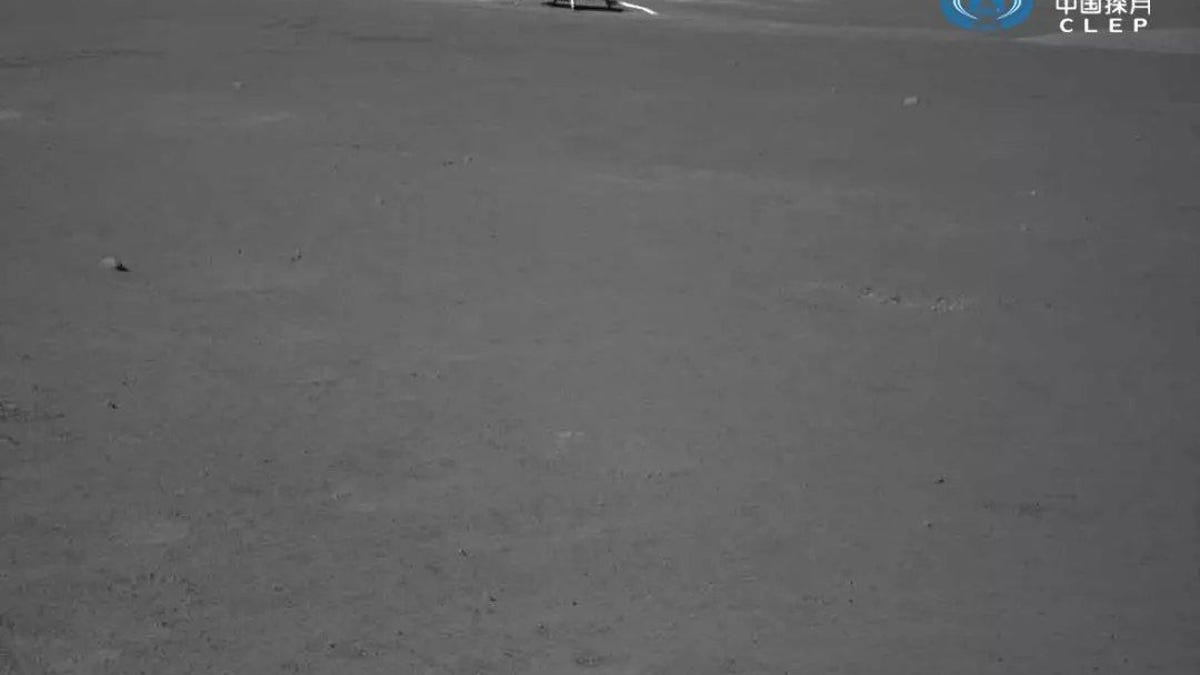China's lunar rover delivers bewitching new views of the far side of the moon
The Chang'e 4 moon lander and its bunny rover buddy are still gazing across the desolate, magnificent lunar surface.
Here's your obligatory reminder of an ongoing space triumph: China's Chang'e 4 lunar lander is still illuminating the far side of the moon. Following some epic views of the barren lunar surface delivered upon arrival in January, the hard-working Chang'e has now dropped a couple of additional snaps from its magnificent, empty space-office.
The China National Space Administration (CNSA) is investigating the largely unexplored part of the moon that faces away from Earth. It's not quite Pink Floyd's dark side, but it is a mysterious place.
Chang'e 4 and its Yutu 2 (Jade Rabbit 2) rover landed in January, marking the first time a nation had soft-landed on the moon's far side. Over the last seven months, the solar-powered lander and rover have gone into sleep mode during the long lunar nights. They then wake up during the lunar day and get back to work. They just went dormant again on Tuesday, but not before sending back some new looks at the far side.
One of the views shows the rover looking back at the lander in the distance. The other shows the rover's zig-zagging tracks left in the lunar dust.
China's Yutu 2 rover left these tracks on the moon.
Andrew Jones, a reporter who follows China's space program, said the rover continues to drive on the moon's surface, but that no roving distance has been released for its activities during its seventh lunar day, covering a time period of about two weeks on Earth.
Besides imagery, the mission is turning out some intriguing science discoveries, including research into the composition of the lunar surface and mantle. Chang'e was also loaded up with life when it first touched down -- a tiny ecosystem that contained seeds, fruit fly eggs and yeast. The seeds sprouted but were sadly not long for the lunar world and died when the temperature in the mini habitat plummeted.
The rover and lander are expected to snooze for a couple weeks before reawakening for the next round of sunlight, science and snapshots.
China is readying another lunar mission, Chang'e 5, which is expected to launch later this year. It will be a particularly notable mission because it aims to return lunar samples to Earth for the first time since Russia's Luna missions in the 1970s.
The exploration mission is intended to bring back up to 2 kilograms (4.4 pounds) of moon rock and a subsequent mission, Chang'e 6, is set to do the same before 2024.
Ultimately, the Chang'e program will facilitate CNSA's aspirations of landing a crewed mission on the moon at the turn of the next decade.


